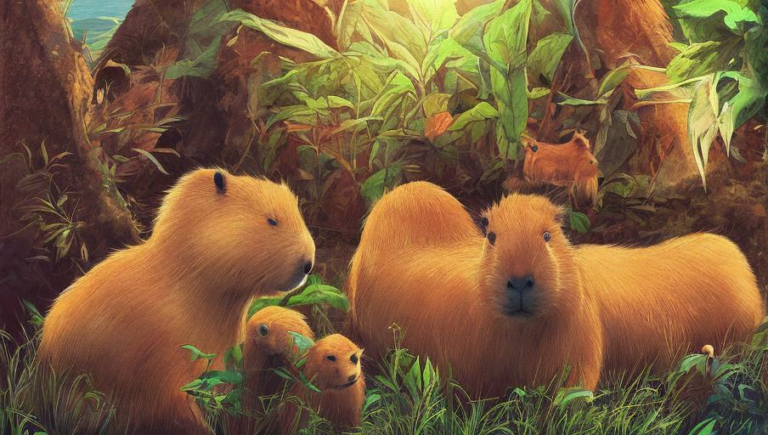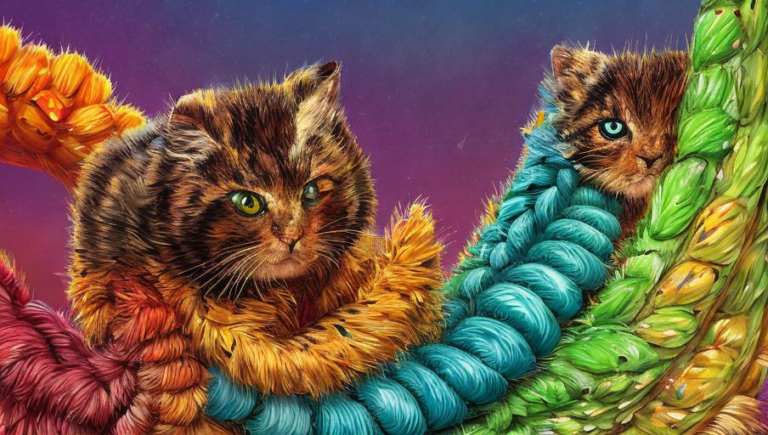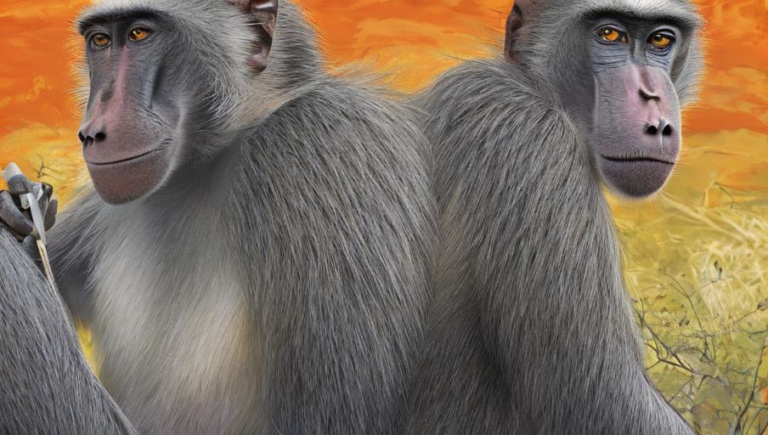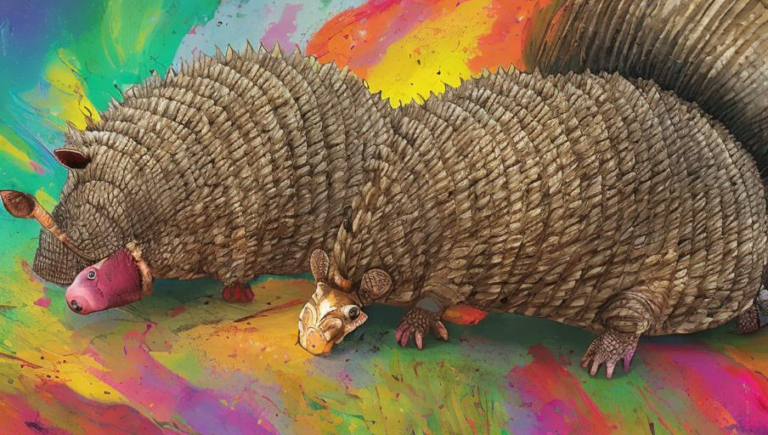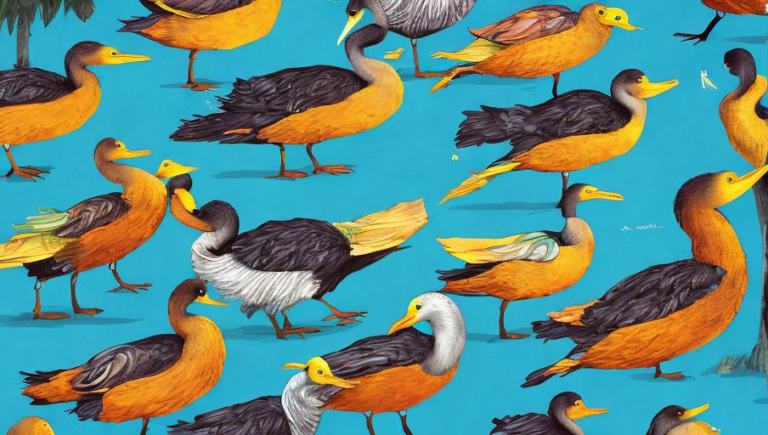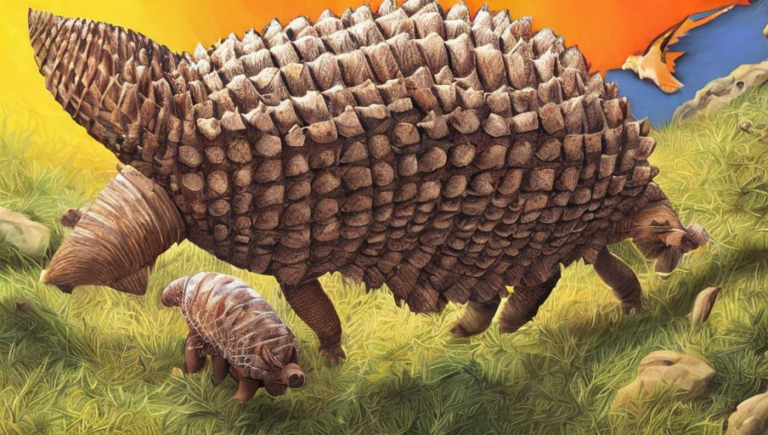Beneath the Surface: Exploring Ant Anatomy
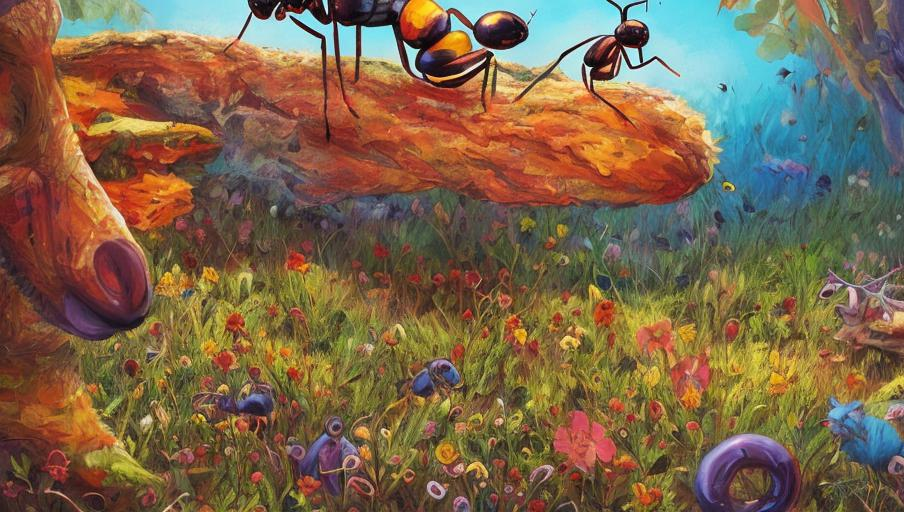
Introduction
Ants are some of the most successful creatures on the planet, but despite their ubiquity, many people don’t know much about them. How do their bodies work? What do they eat? What roles do they play in their ecosystems? In this article, we’ll take a look at the anatomy of ants and explore their remarkable adaptations.
What Do Ants Look Like?
Ants are tiny, segmented insects that come in a variety of sizes and shapes. They have three main body parts: the head, thorax, and abdomen. The head is the frontmost segment and contains the eyes, antennae, and mouthparts. The thorax is the middle section and is where the legs and wings are attached. The abdomen is the last segment and is where the digestive and reproductive organs are located.
How Do Ants Move?
Ants have six legs that are used for walking and running. They also have two antennae that are used for detecting smells and touching objects. Ants have wings, but only some species can fly. Flying ants use their wings to find mates and disperse to new areas.
What Do Ants Eat?
Ants are omnivores and they eat a variety of foods. They feed on small insects, larvae, and other invertebrates. They also eat nectar, honeydew, and other plant secretions. Some species of ants are scavengers, which means they eat dead animals and other decaying organic matter.
How Do Ants Communicate?
Ants communicate with each other using pheromones, which are chemicals released by the ants that other ants can detect. They use these pheromones to convey messages, such as warnings of danger or invitations to join a food source. Ants also use physical contact to communicate with each other, such as through grooming or antennal touching.
What Other Adaptations Do Ants Have?
Ants have several other adaptations that help them survive and thrive. For example, they have a hard, waterproof exoskeleton that helps protect them from predators and the elements. They also have a waxy coating on their exoskeleton that helps them retain moisture and prevents them from drying out. Ants also have strong mandibles that can be used for chewing food, digging, and carrying food.
Conclusion
Ants are incredibly fascinating creatures and their anatomy is just as impressive as their behavior. They have a variety of adaptations that enable them to survive in almost any environment and they play important roles in their ecosystems. The next time you see an ant, take a minute to appreciate their unique anatomy and all they do for us!
